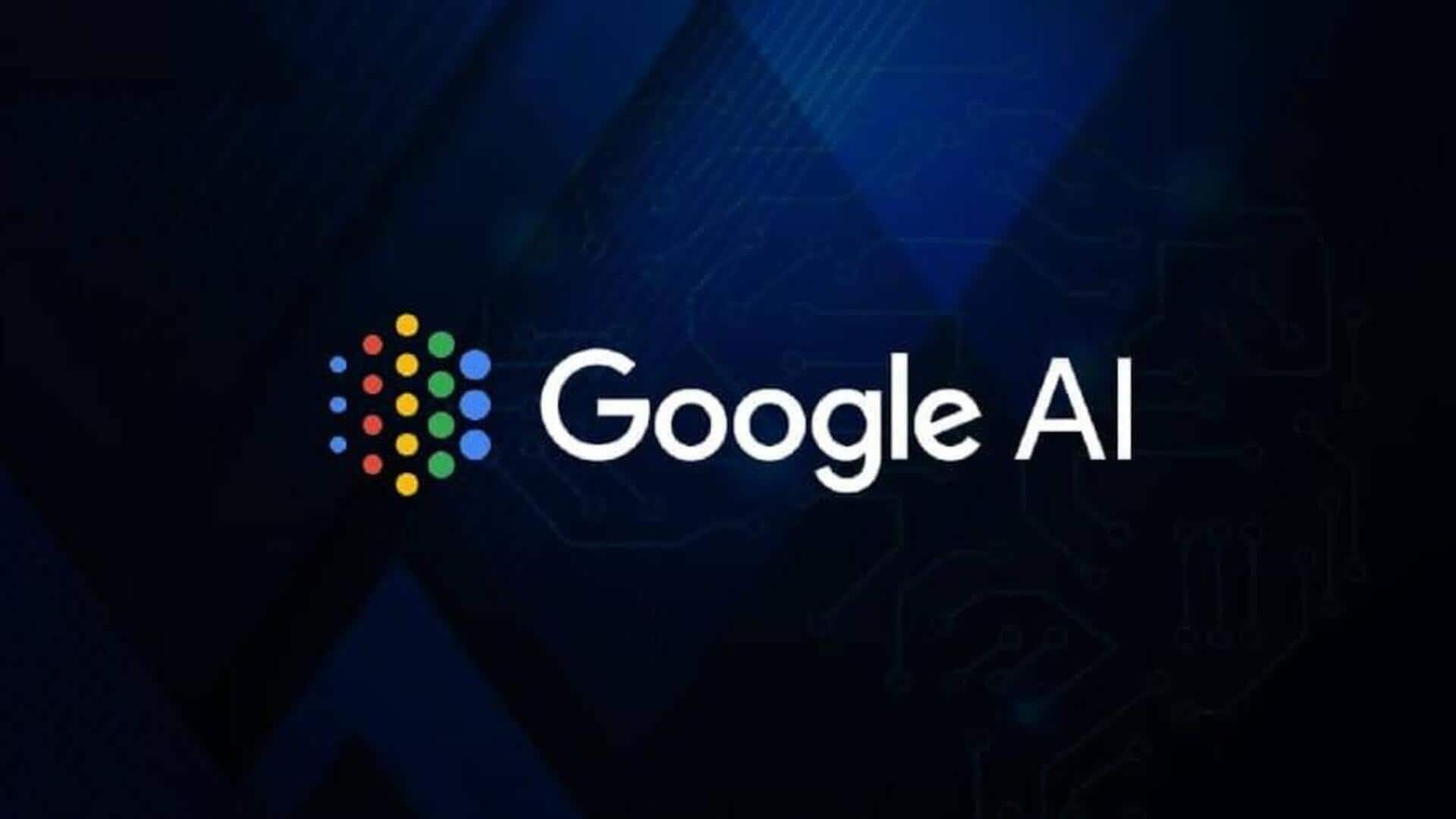
Google's new AI tools help you learn languages better
What's the story
Google has launched three new AI experiments aimed at helping people learn to speak a new language.
These tools are part of Google's efforts to create a more personalized language learning experience, potentially positioning them as competitors to popular platforms like Duolingo.
The first tool provides instant help with certain phrases, the second one helps you sound less formal and more like a local, and the third one uses your camera to learn new words from the world around you.
Tiny lesson
'Tiny Lesson' tool offers contextual language learning
The "Tiny Lesson" tool solves a common problem in language learning - the need for specific phrases in real-life situations.
Users can describe situations like "finding a lost passport," and get vocabulary and grammar tips customized for the context.
The tool even offers suggested responses like "I don't know where I lost it," or "I want to report it to the police."
Slang Hang
'Slang Hang' tool promotes colloquial language learning
Google's "Slang Hang" tool is designed to ensure you don't sound like a textbook while speaking a new language.
The company knows that formal learning leads to textbook-like speech and is experimenting with ways to teach more colloquial speaking and local slang.
With this feature, you can generate realistic conversations between native speakers, giving you an immersive learning experience.
Word Cam
'Word Cam' tool uses AI for real-world language learning
The third experiment, "Word Cam," leverages your camera to learn new words from your surroundings.
When you click a photo of an object, Gemini detects and labels it in the language you're learning.
This feature even offers additional words to describe these objects, giving a unique opportunity for real-world vocabulary expansion.
Google notes this tool shows how much you still have to learn in your chosen language.